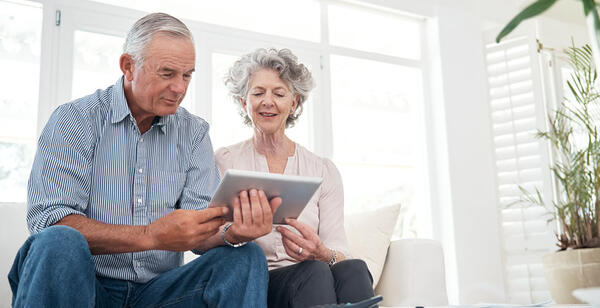
How Technology is Improving Care in Nursing Homes
In recent decades, technology has revolutionized various aspects of our lives, and healthcare is no exception. Particularly in nursing homes, technology is playing an increasingly significant role in improving the quality of care and enhancing the lives of elderly residents. From advanced monitoring systems to communication platforms, technology is transforming how care is delivered in nursing homes across the country. Here are a few ways that technology is improving care in nursing homes and the benefits it brings to residents, families, and caregivers alike.
Remote Monitoring and Telemedicine
One of the most significant advancements in elderly care technology is the implementation of remote monitoring and telemedicine solutions. These technologies allow healthcare providers to remotely monitor vital signs, detect early warning signs of health problems, and provide timely interventions without the need for in-person visits. These systems can track parameters such as heart rate, blood pressure, and blood glucose levels, enabling healthcare teams to detect changes in a resident's health status and intervene when necessary.
Virtual Consultations
Telemedicine platforms also facilitate virtual consultations with healthcare professionals, allowing residents to receive medical advice and treatment without leaving the comfort of their nursing home. This is particularly beneficial for residents with mobility issues or those living in remote areas with limited access to healthcare services.
Electronic Health Records (EHRs)
Adopting electronic health records (EHRs) has streamlined documentation processes in nursing homes, leading to more efficient and accurate record-keeping. EHRs allow healthcare providers to access residents' medical histories, medications, and care plans electronically, eliminating the need for paper-based records and reducing the risk of errors. This centralized information system ensures that all members of the care team have access to up-to-date and comprehensive health information, enabling better coordination of care and improving patient safety.
Assistive Devices and Mobility Aids
Technological advancements in assistive devices and mobility aids have significantly enhanced the independence and mobility of elderly residents in nursing homes. From motorized wheelchairs to wearable sensors, these devices help residents navigate their environment safely and perform daily activities with ease. Furthermore, these devices can detect falls, which according to the slip and fall attorneys in Austin, can be one of the greatest causes of injury to the elderly.
Communication and Engagement Tools
Technology has also transformed communication and social engagement in nursing homes, helping residents stay connected with their loved ones and engage in meaningful activities. Video conferencing platforms allow residents to communicate with family members and friends who cannot visit in person, reducing feelings of loneliness and isolation. Additionally, interactive digital platforms can provide residents with the ability to communicate with their loved ones and express any instances of potential abuse or uncomfortable situations.
Technology is revolutionizing health care across the medical field, and in nursing homes, offering innovative solutions to improve the quality of life and well-being of elderly residents. Technology enables healthcare providers to deliver more personalized, efficient, and effective care, from remote monitoring and telemedicine to electronic health records and assistive devices. As we continue to embrace technological advancements in elderly care, nursing homes can enhance residents' lives and create environments that promote dignity, independence, and overall well-being.